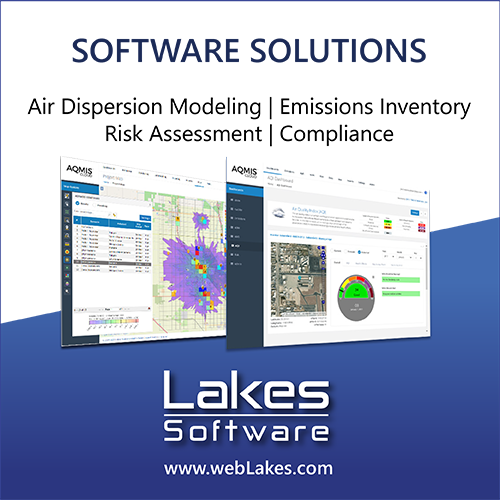Assessing SO2, NO2 and O3 in rural areas of the North West Province
DOI:
https://doi.org/10.17159/caj/2021/31/1.9087Keywords:
Air quality, North West Province, spatial patterns, seasonal patterns, passive samplersAbstract
Air quality monitoring has been lacking in the rural and western North West Province. Here ambient sulphur dioxide (SO2), nitrogen dioxide (NO2) and ozone (O3) concentrations, monitored with passive samplers at 10 sites, are presented. Widespread SO2 and NO2 problems weren’t observed. However, regular O3 standard limit exceedances are likely across the province. Increased SO2 and NO2 concentrations in the colder and drier months were evident. Inversion layer trapping of low-level emissions during the colder months and open biomass burning in the drier months increased ground level pollutant concentrations. Wet deposition of SO2 and NO2, and enhanced SO2 conversion to particulate sulphate, result in lower wet season concentrations. O3 concentrations were lower from May to July and higher from August to March. Three phenomena contributed to this. Firstly, shorter daylight hours (less photochemistry) and secondly, lower biogenic volatile organic compound (O3 precursors) concentrations during the colder months. Thirdly, the late winter/early spring open biomass burning peak lead to elevated carbon monoxide (CO) concentration (also an O3 precursor). Spatial patterns indicated higher SO2 concentrations in the west, due mainly to industrial emissions. The NO2 spatial map indicated two areas of higher concentration, i.e. Bapong in the east due mainly to industrial emissions, and Taung with its higher population density. The O3 spatial map was almost the inverse of NO2. The lower O3 and higher NO2 around Taung showed that O3 is titrated there. Additionally, the results indicate that non-point source emissions of NO2 are high enough to results in exceedances of the O3 standard limit. Overlay back trajectory maps showed that sites in the east are more frequently impacted by pollution transported from the Mpumalanga Highveld, Vaal Triangle and the Johannesburg-Pretoria megacity if compared to the west. Conversely, cleaner air masses impact the west more than sites in the east.
Downloads
Downloads
Published
Issue
Section
License
Copyright (c) 2021 Morongoa Morongoa Ngoasheng, Johan Paul Beukes, Pieter G. van Zyl, Jan -S. Swartz, Victor Loate, Portia Krisjan, Sandile Mpambani, Markku Kulmala, Ville Vakkari, Lauri Laakso

This work is licensed under a Creative Commons Attribution 4.0 International License.

All articles are published under a Creative Commons Attribution 4.0 International License; copyright is retained by the authors. Readers are welcome to reproduce, share and adapt the content without permission provided the source is attributed.









.png)